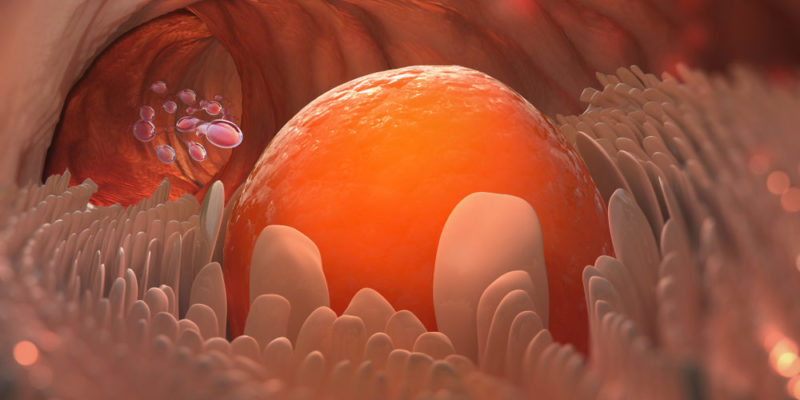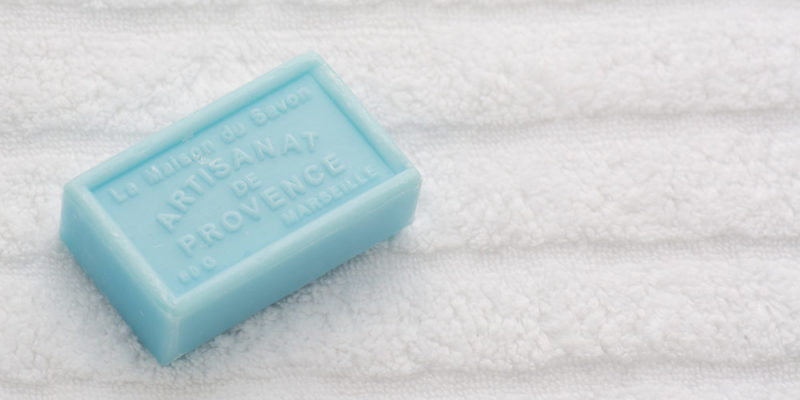We explain what the female reproductive system is and what organs make it up. Also, what are its functions and characteristics?
What is the female reproductive system?
The female reproductive system is the set of organs developed in females to guarantee the reproduction and continuity of each species.
The female reproductive system consists of cycles that allow one or more fetuses (zygote egg) to be housed after fertilization between a male and a female of the same species.
The entire cycle takes place in the female reproductive system, from the conception of the zygote egg to the birth of the fetus . The gestation period will depend on each particular species, in humans it is 9 months.
This device has different organs, each one intended for a specific aspect within the reproduction of the species: from organs that guarantee pleasure in sexual intercourse to organs that provide shelter and food for the fetus.
This apparatus is made up of internal organs and external organs , each one with a specific function at the time of fertilization, gestation or delivery of the fetus.
Principal function
The main function of the female reproductive system is the production of sex cells, that is, oocytes . On the other hand, the hormones called estrogens and progesterone, essential for sexual reproduction, are produced inside this apparatus .
The difference with the male reproductive organ

The male and female reproductive organs are needed to conceive an embryo . This will result in a genetic combination to inherit 50% of the genes from each of the parents and form a new life .
But there is a main characteristic that distinguishes the female reproductive organ from the male and that is that the female one is located entirely in the pelvic area .
Developing
The development of the organs that make up the female reproductive system occurs during the gestation of the fetus . From before birth, in case of being a female or a woman, this device shows a certain development.
Finally, there is a second moment in which this device begins its second development: puberty . During this period, considered the entrance to maturity of the woman or female, the reproductive system will finish its development in order to fulfill its objective : the reproduction of the species.
Before this second stage of development, the woman or female possesses the different organs, but they do not have sufficient sexual maturity.
Internal genital organs

The internal genital organs are called:
- Vagina. It is the organ that connects the uterus with the external genitalia. During sexual reproduction, it receives the penis and has the sperm that contain the sperm.
- Uterus or womb It is a hollow organ that is covered by a mucosa called the endometrium. It is the uterus that will house the fetus or embryo during pregnancy. The uterus and vagina meet through the cervix. The uterus has three layers: internal (endometrium), intermediate (formed by smooth muscle), external (formed by elastic tissue)
- Fallopian tube. Also known as oviducts (their shape is similar to that of a tube), they carry the eggs from the ovaries to the uterus. The fallopian tubes are divided into three parts: the isthmus (thinnest or thinnest part), the ampulla (the widest and longest part), the infundibulum (pavilion, the outermost part that ends in tentacles that receive the name fimbriae).
- Ovaries They are two sex glands that house the eggs inside. A woman has, since puberty, around 400 thousand ovules. However, the amount decreases as you approach menopause.
External genital organs
External genital organs are called:
- Major and minor lips. Two sets of folds that are located on either side of the vaginal opening.
- Mons pubis. It is a mount made up of skin and tissue that is housed above the pubic bone and in the upper part of the vulva.
- Clitoris. It is a small protrusion, located between and within the labia minora, which is made up of multiple nerve endings and constitutes this organ as the one that produces the greatest pleasure for women during sexual intercourse.
Menstrual cycle

The female reproductive system is regulated by menstrual cycles that allow fertilization and gestation of the species and will occur regularly in each female or woman until the time of menopause. In the case of humans this cycle is 28 days.
Menopause is the total absence of the menstrual period , that is, with the onset of menopause, the woman no longer has a female reproductive system capable of reproducing the species.
The stage in which menopause appears will depend on each species and, in humans, it will depend on genetics and diet among many other variables, but in general it usually happens around 45 years of age.
Your period or menstruation
The cycle of the female reproductive system becomes evident at the beginning of what is called the period or menstrual cycle.
Menstruation is the ovum that has descended from the fallopian tubes without being fertilized by any sperm and is about to be released from the body through the vaginal canal.
This time may be accompanied by abdominal pain , changes in mood, bloating, retention liquid , abdominal pain and headaches.
Fertilization

During fertilization, an egg is found in the fallopian tubes awaiting the arrival of sperm to be fertilized (only one sperm can penetrate the egg and thus fertilize it).
Once this is achieved, the fertilized egg will travel for seven days to the uterus where it will stay for the next nine months to gestate the embryo or fetus.
Diseases of the female reproductive system
There are three main diseases of the female reproductive system.
- Endometriosis
- Prolapsed uterus
- Pelvic inflammatory disease
Care and hygiene

The female reproductive system requires, like the rest of the body's organs , certain care and hygiene to maintain health and prevent disease or contamination of some kind.
As for the internal organs, there are studies to observe their state. In relation to the external organs, hygiene with neutral toilet soap is necessary.
The vagina does not require internal washing since this organ is very sensitive and contact with neutral soap could unbalance the flora of bacteria necessary to maintain the hygiene of the vagina.
It is recommended to change underwear daily and clean the intimate area several times a day in case of menstruation.
After each urine, the hole should be sanitized with toilet paper without scents or perfumes.
The above content published at Collaborative Research Group is for informational and educational purposes only and has been developed by referring to reliable sources and recommendations from technology experts. We do not have any contact with official entities nor do we intend to replace the information that they emit.
Veronica is a culture reporter at Collaborative Research Group, where she writes about food, fitness, weird stuff on the internet, and, well, just about anything else. She has also covered technology news and has a penchant for smartphone stories. .
Leave a reply
Your email address will not be published. Required fields are marked *Recent post

Sport: What Is It, Types, Risks, Features, Characteristics and Examples

Dogs: Emergence, Features, Characteristics, Feeding and Breeds

Story: Definition, Elements, Structure, Features and Characteristics

